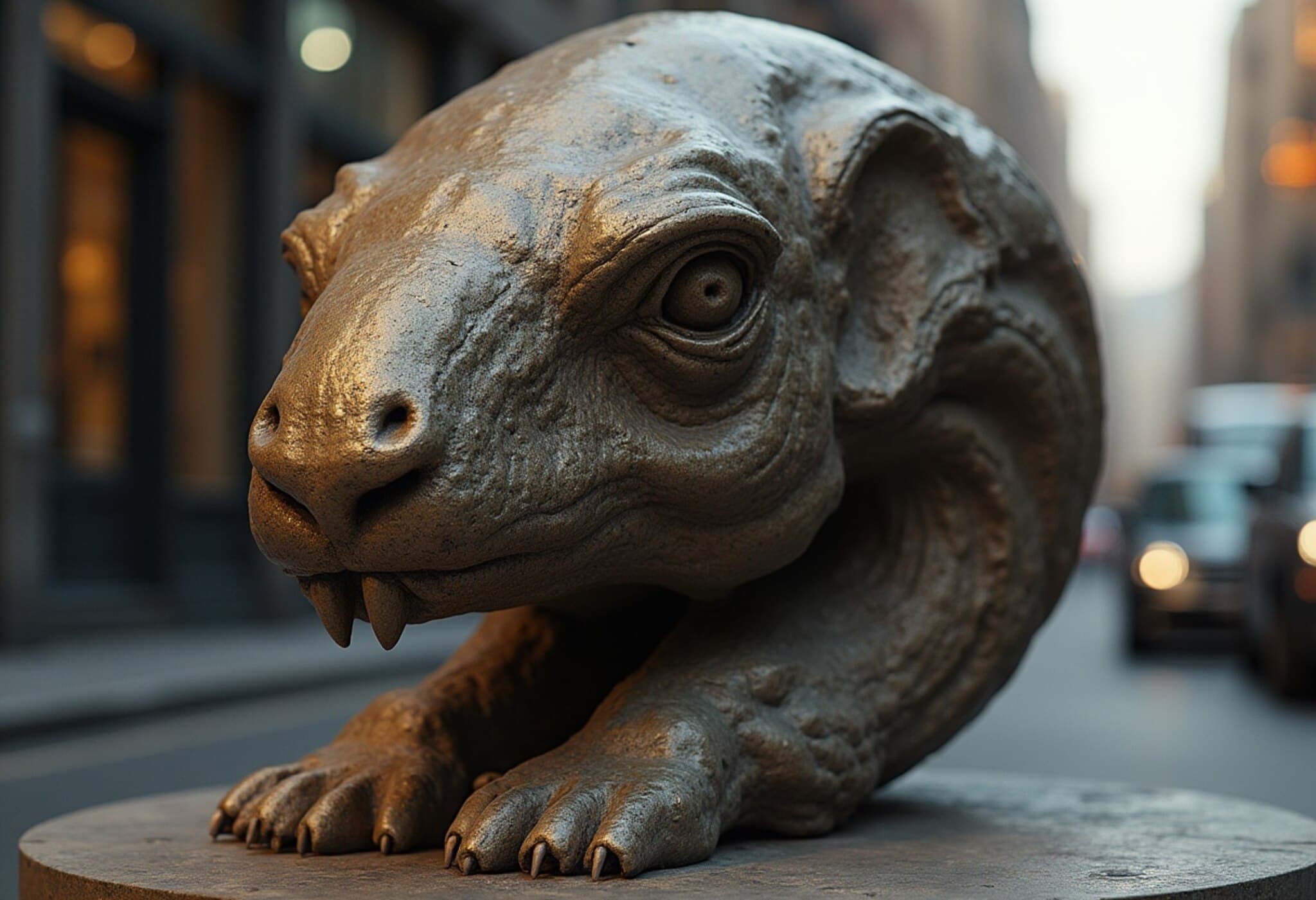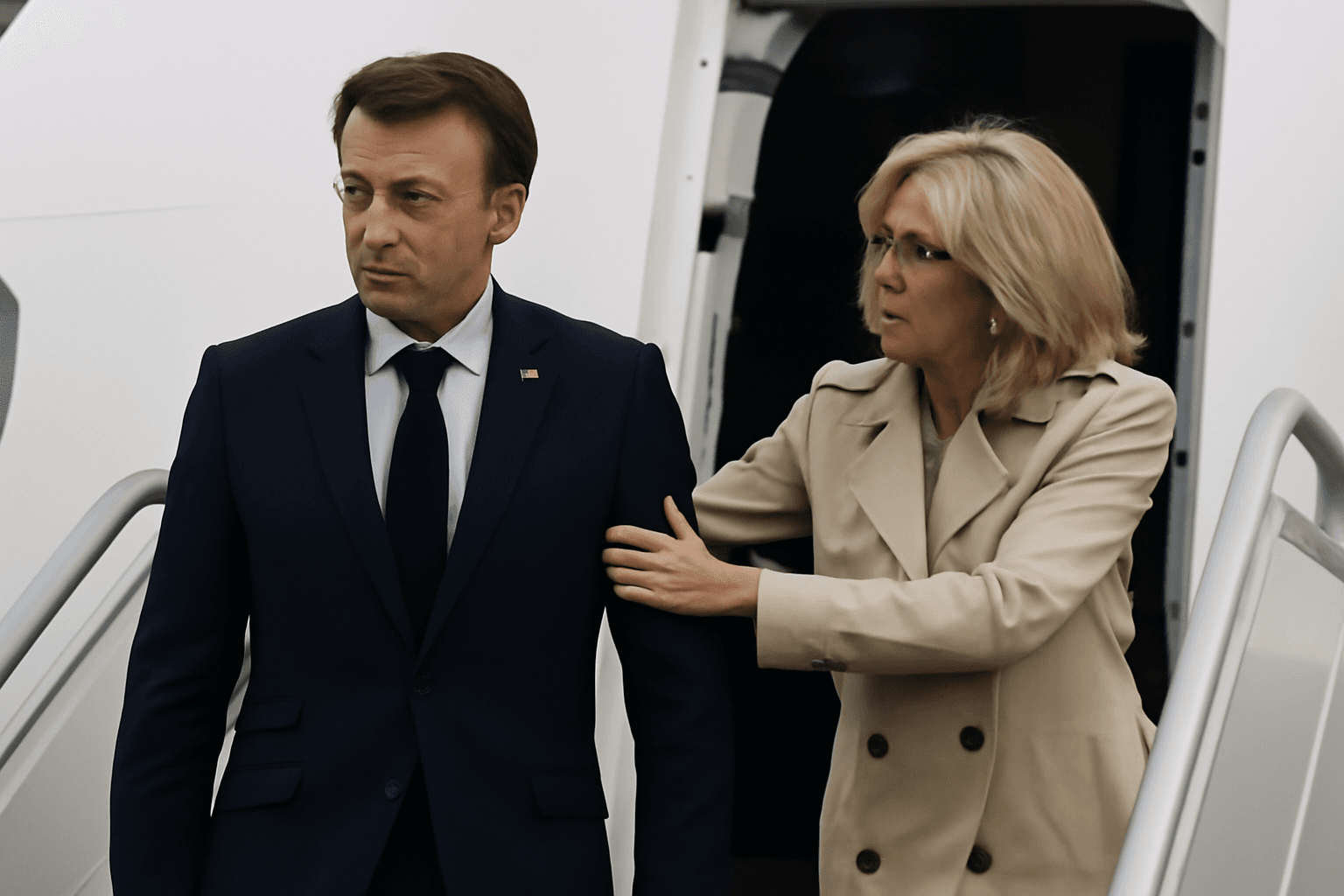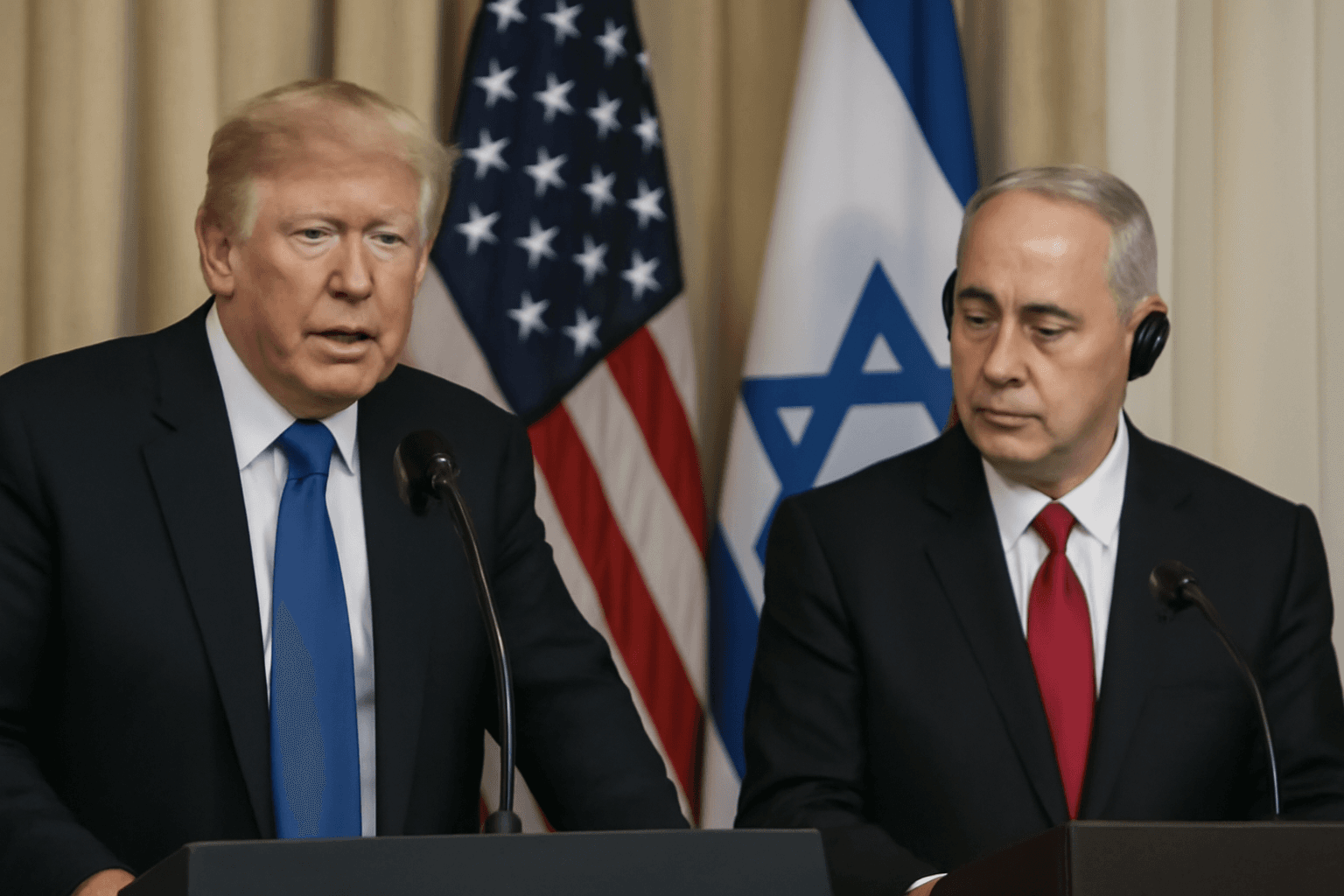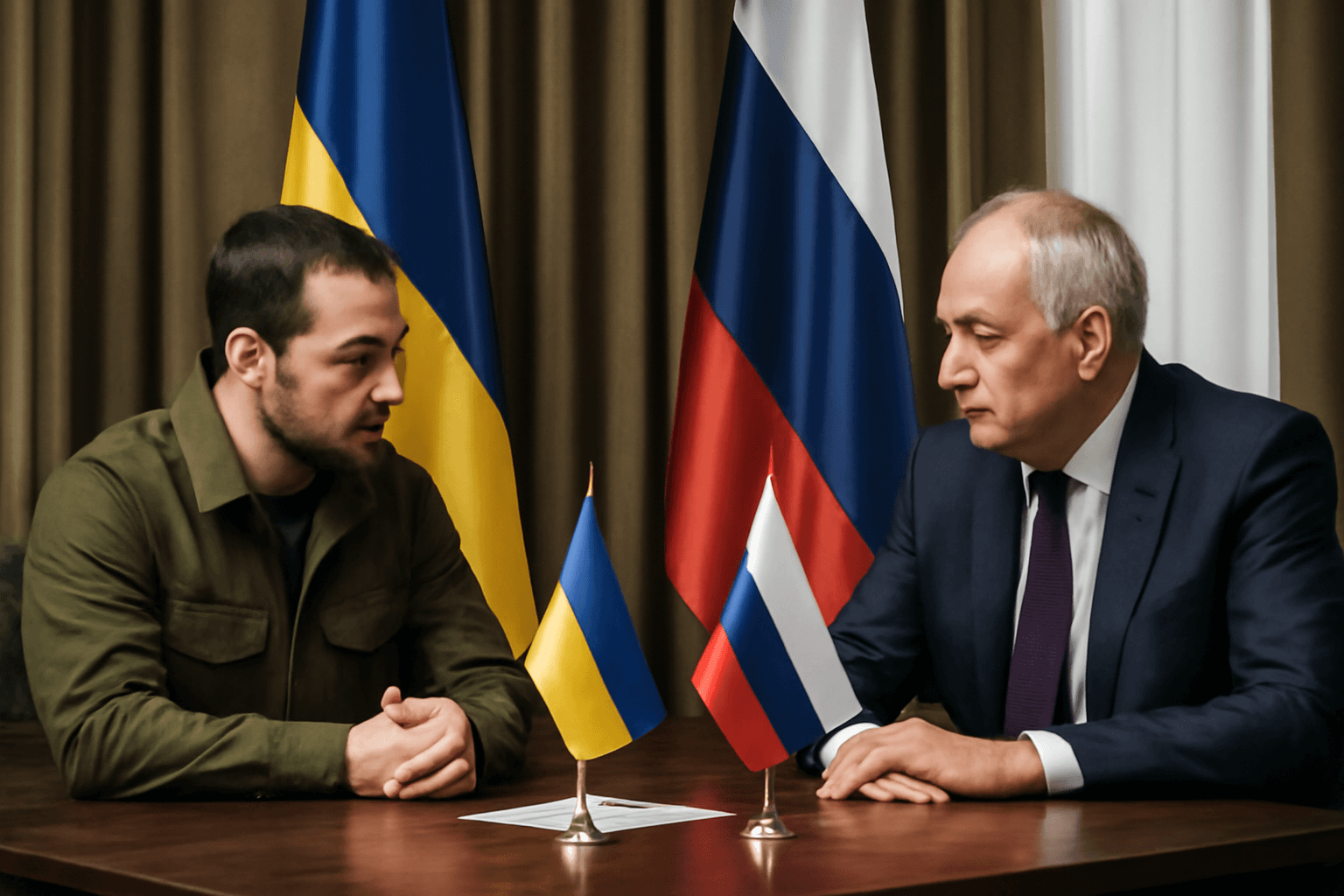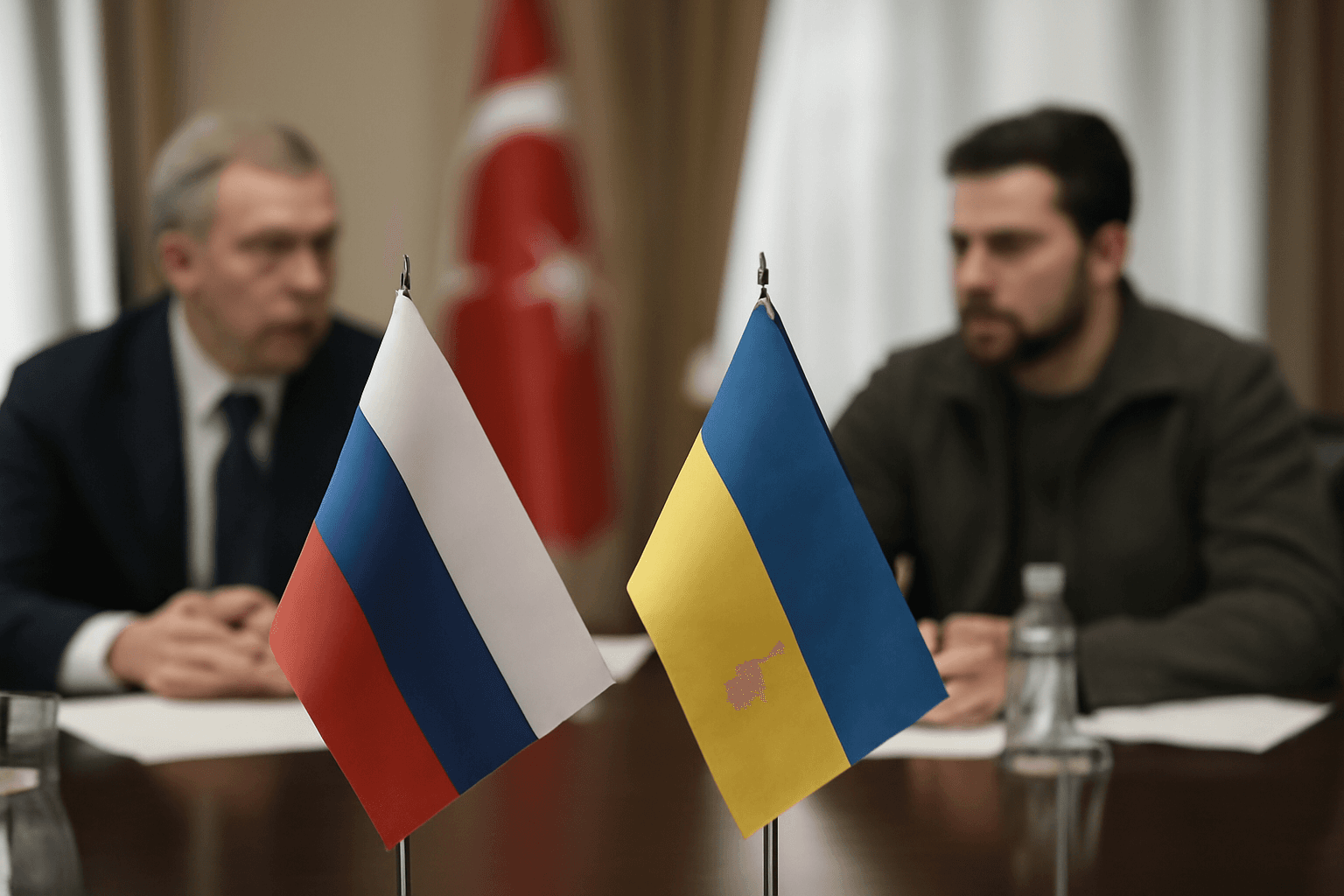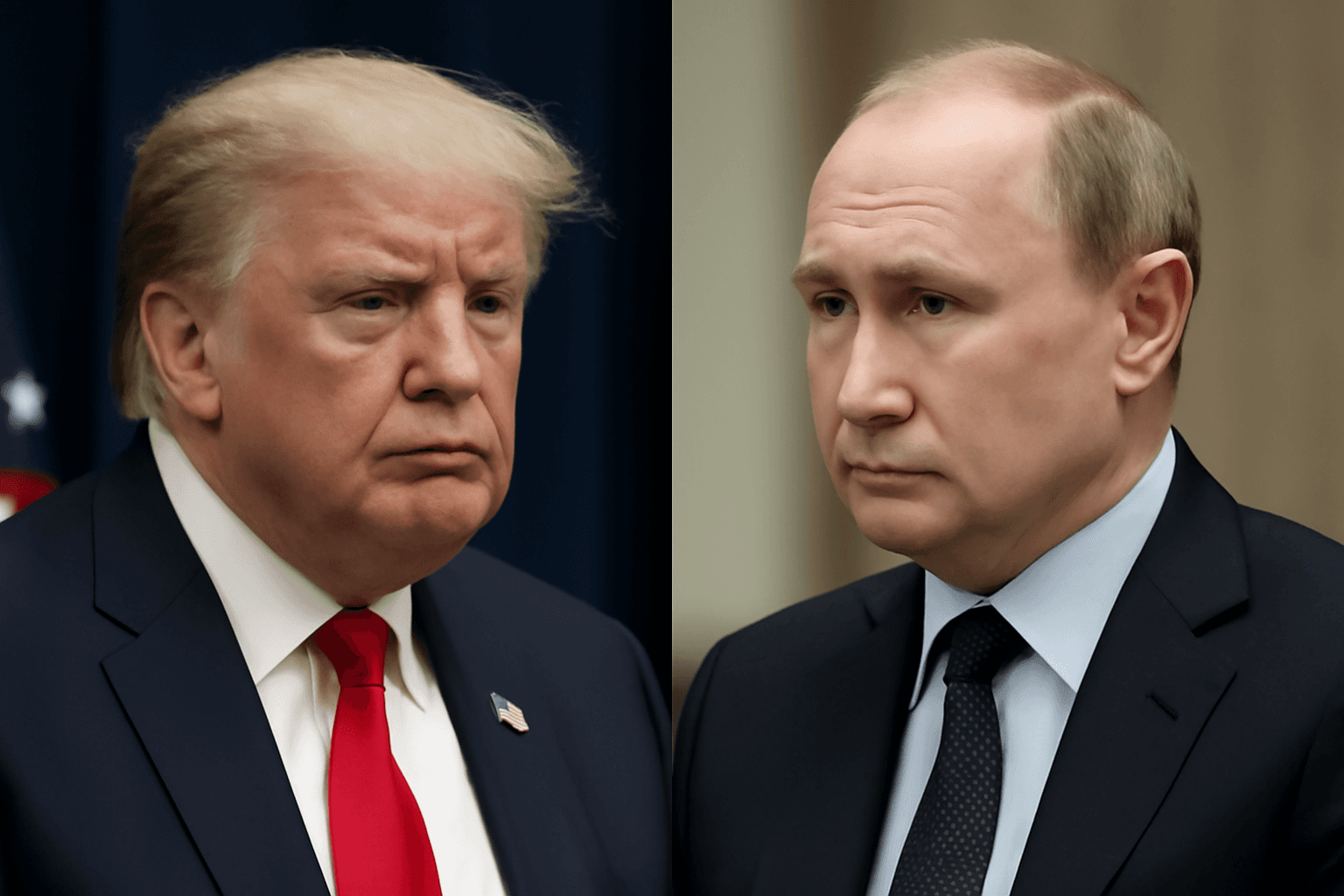The Enigmatic Kryptos Sculpture: A CIA Mystery Up for Auction
For over three decades, Jim Sanborn's iconic sculpture, Kryptos, has been a source of fascination and frustration at the CIA headquarters in Langley, Virginia. This copper-plated artwork features four encrypted passages, three of which have been cracked by codebreakers worldwide. Yet, the fourth passage, famously known as K4, remains wrapped in secrecy, defying even the most skilled cryptanalysts.
From Artistic Genius to Espionage Drama
Sanborn, an artist rather than a cryptographer, imbued Kryptos with a mysterious allure that blends art and espionage. Over the years, the project has generated an intense following, captivating amateur and professional codebreakers alike, some driven to obsession. The artist has candidly shared that his creation has "destroyed marriages," attracted "unwanted guests," and even led to personal threats that forced him to install security systems at home. This mix of creative passion and unintended consequences highlights the complex legacy of blending art with secret codes.
The Decision to Sell the Uncracked Code
Now, at 80 years old, Sanborn has made a heartfelt decision to auction off the handwritten plaintext of the last unsolved section, K4. Scheduled for November 20 through Boston-based RR Auction, the sale is estimated to fetch between $300,000 and $500,000, with anticipation it might exceed these figures given the growing interest from the cryptocurrency and cryptography communities.
In a letter shared with his devoted followers, Sanborn expressed the dilemma of maintaining the mystery, revealing that his physical, mental, and financial resources required to steward the code’s secrecy have waned. He hopes the buyer will honor the spirit of the work by keeping the secret intact, stating, "If they don’t then (CLUE) what’s the point? Power resides with a secret not without it." The proceeds from the auction are partly earmarked to support programs aiding disabled individuals, adding a philanthropic dimension to an already compelling story.
Kryptos: A Monument to Secrecy and a CIA Cultural Icon
Commissioned in the 1980s as part of a CIA art initiative aimed at "softening" the agency's public image after Cold War controversies, Kryptos has transcended its physical form to become a symbol of both the CIA’s mystique and the enduring human fascination with cryptography. Peter Krapp, a media studies professor at UC Irvine, views the sculpture as a "publicity coup" for the agency, intricately linking artistic creativity and national intelligence culture.
The sculpture's design is itself contemplative: petrified wood supports a wave-shaped copper screen around a reflecting pool, a serene mise-en-scène inviting quiet thought even as it guards an unsolved enigma. The code’s first three sections have been decoded, revealing clues, historical references, and tantalizing messages, but the fourth remains stubbornly opaque.
The Unfolding Mystery: What Lies Beyond K4?
Sanborn’s allusion to a K5 section that may be just as secretive adds another layer to this puzzle. Whether this indicates new encoded text or a conceptual extension remains unknown, but it ensures the artwork’s narrative is far from finished. Encryption historian Klaus Schmeh praises this escalating difficulty as a clever tactic to sustain public and media intrigue.
The Human Toll and the Community Around Kryptos
Sanborn has managed tens of thousands of communications from code enthusiasts worldwide, now negotiating the challenges posed by AI-generated solutions. To moderate the flood, he introduced a fee for guesses and is developing an AI-powered phone line for intelligent feedback. Remarkably, despite lacking extensive cryptography training—he admits to summer math tutoring aimed at merely passing grades—Sanborn has maintained engagement with this global community while protecting the mystery.
His reflections reveal an artist grappling with the burden of secrecy and his role as custodian: “I’d rather it not be solved quickly, because every artist wants their work to endure and keep inviting fresh perspectives, much like a Van Gogh painting.” This sentiment underscores the delicate balance between the public’s thirst for knowledge and the artist’s desire for lasting impact.
Wider Implications: Secrecy in the Digital Age
The sale raises important questions around intellectual property, cultural heritage, and the privatization of knowledge. Peter Krapp laments the prospect of the code shifting into private hands, emphasizing that the collective effort behind Kryptos deserves shared stewardship rather than concealment. This dialogue resonates deeply in today’s era of digital transparency and open-source collaboration, where access to information fuels innovation but also challenges traditional notions of ownership and control.
The intertwining of art, cryptography, and public engagement sparked by Kryptos embodies broader conversations about how secrets shape power, identity, and community in the 21st century.
Editor's Note
Jim Sanborn’s decision to auction the final encrypted passage of Kryptos invites us to reflect on the cultural and emotional weight of secrecy. As this cryptographic treasure potentially moves from public curiosity to private possession, questions emerge about who holds the right to mysteries that captivate a global audience. Beyond the puzzle itself lies a narrative about artistic legacy, human obsession, and the evolving relationship between secrecy and society in an age marked by rapid information exchange.
Will the buyer honor the spirit of keeping the secret alive—or will this mark the end of an era? In either case, Kryptos remains a testament to the enduring allure of the unknown.

